5 of the Most Aggressive Wasps
5 of the Most Aggressive Wasps
1. Hornets
Hornets are actually known for being one of the most laid-back types of wasps that you may encounter. So, why are we including them on this list? Well, while they don’t tend to seek people and animals out to be aggressive, if they feel their nest may be in danger or you’ve gotten too close to them, they can attack with an unrelenting vengeance. They have powerful stingers that can penetrate even through thick clothing and protective gear, and will often attack as a large swarm. 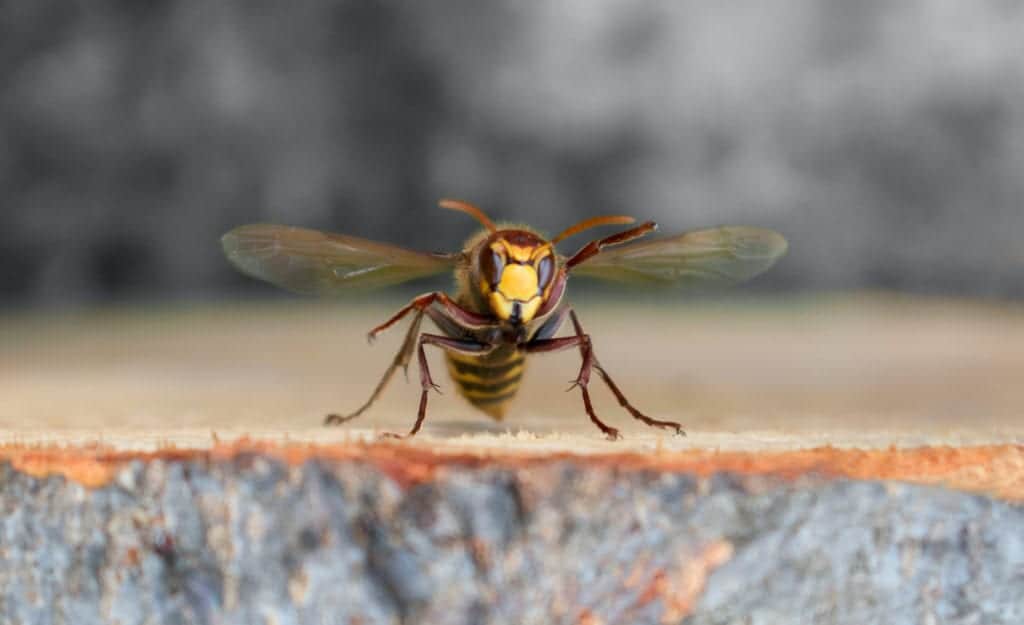
2. Paper Wasps
These wasps are well known for being aggressive, predatory, and very territorial. In fact, if their nest happens to be destroyed, they often return to rebuild it in the exact same spot. Due to their territorial nature, they are extremely unfond of people getting close to their nests and have a tendency to attack if they feel you’ve gotten within a certain range or if they think you may be a threat. Not only can paper wasps sting, but they have powerful and painful bites. They can sink their powerful mandibles into victims and simultaneously sting them, multiple times. Unlike honeybees who lose their barbed stingers and die after the encounter, wasps have smooth stingers that remain intact and can be used over and over. Furthermore, these striped stingers have acutely painful venom that they inject with each stab into their victim. 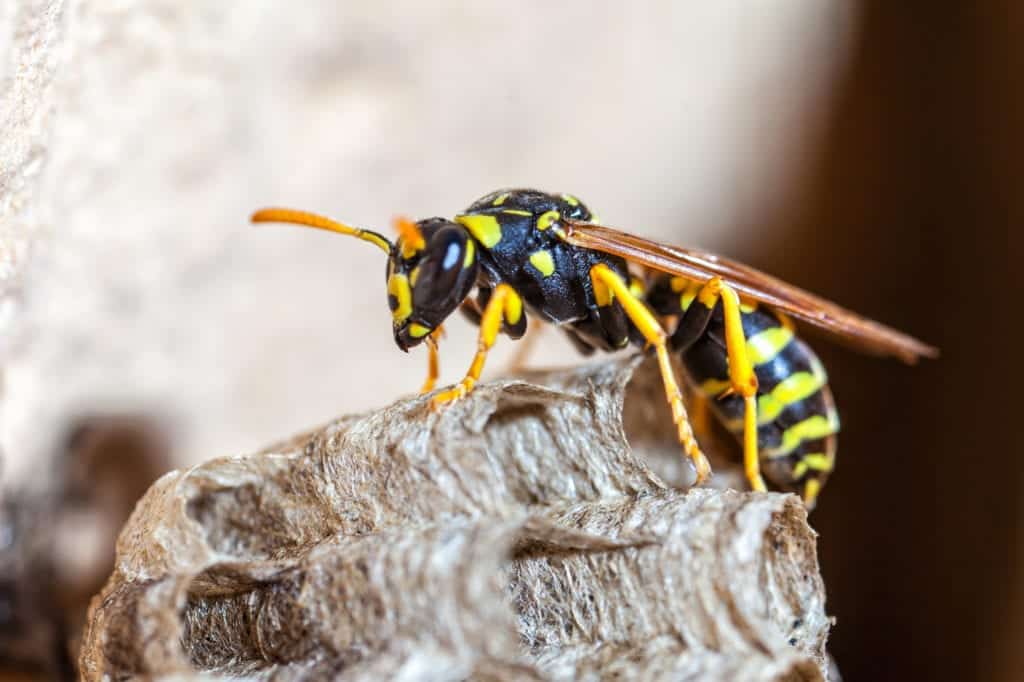
3. Bald-Faced Hornets
Bald-faced hornets are very easily agitated. While they are technically hornets, their personalities are more reminiscent of yellow jackets. They have a particular aversion to vibrations which can be easily carried through walls, branches of trees and even through the air. There have even been cases of people being attacked simply because they were mowing their lawns and the vibrations stirred them into a frenzy. Probably the most dangerous part of their aggression lies in their tendency to pursue their victims. However, if they are pursuing or attacking you, while it is wise to run away, try to avoid failing around your arms as you do, since these swinging motions can increase their aggravation. 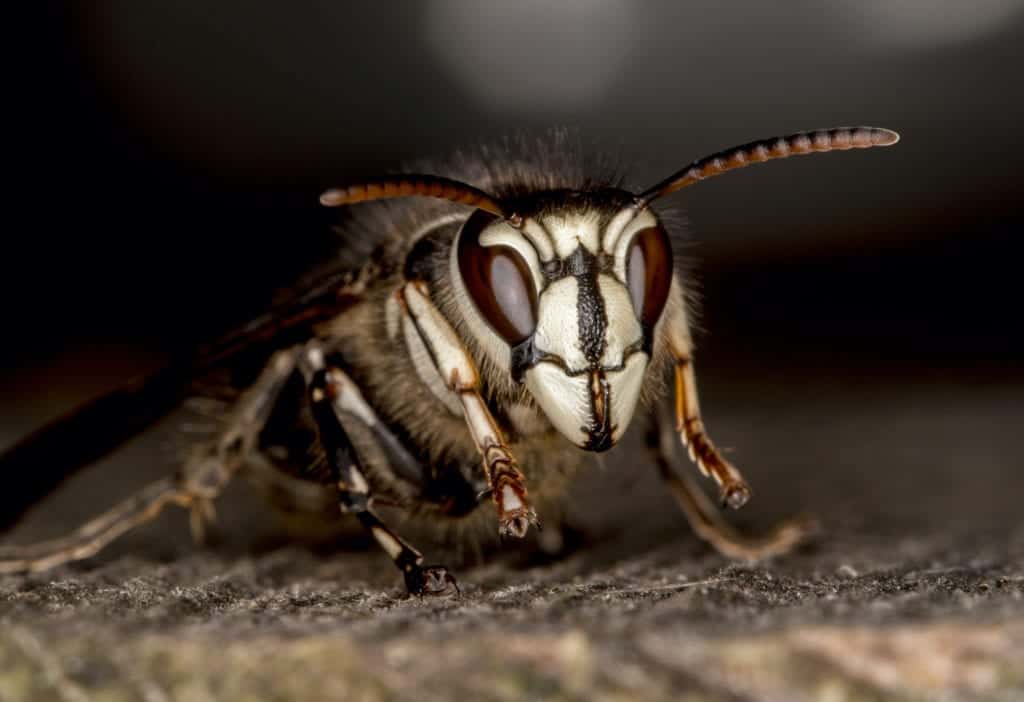
4. Warrior Wasps
These wasps are notoriously large with a propensity for aggression. Not only are warrior wasps aggressive, but they will even perform threatening displays to ward off any intruders on their territory. Their threat display is a loud drumming noise, which accounts for their nickname the “drumming wasps.” This noise is created by simultaneously and rhythmically scraping on their hive when they feel threatened. This cautionary drumming is thought to be performed in order to avoid confrontation due to the fact that their stingers are barbed. This means, similar to bees, once they sting, their stingers detach from their bodies, sticking in their victims and ultimately killing the wasps. These stings are also described as utterly excruciating. When entomologist Justin Schmidt underwent a dangerous series of experiments by personally experiencing the stings of various wasps, he compared warrior wasp stings to “torture” and said it felt like “you are chained in the flow of an active volcano.” The pain is also unrelenting, sometimes lasting over 2 hours. As such, it seems to be in the best interest of both you and warrior wasps to stay away from one another. 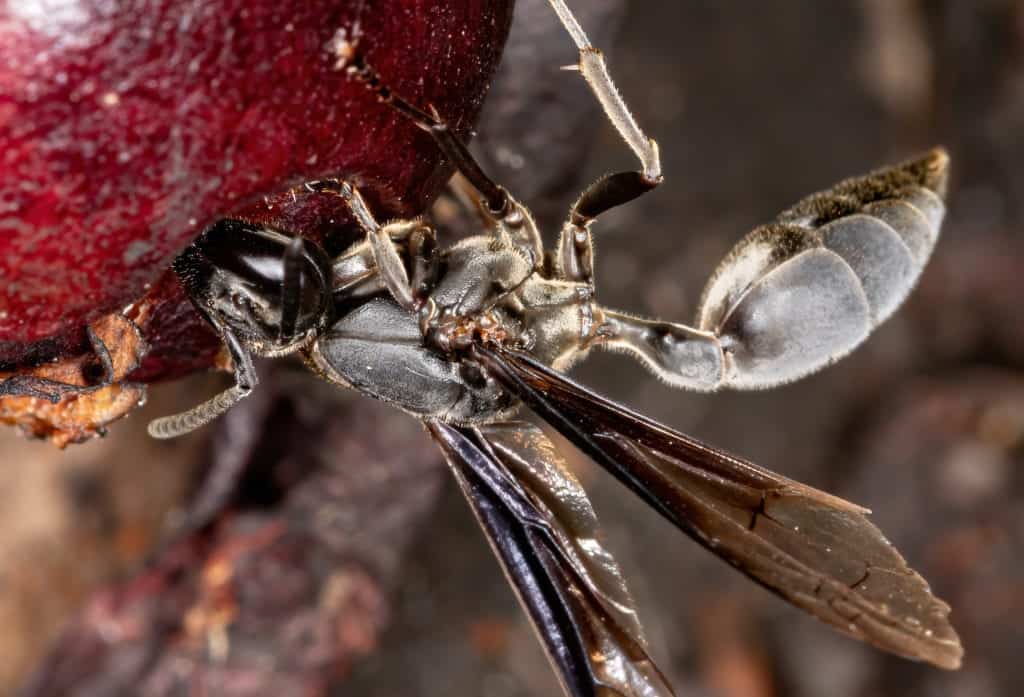
5. Yellow Jackets
Yellow jackets may actually be the most aggressive stingers on this list. They are one of the most common culprits when it comes to being stung in your own backyard as they are native to North America. When they attack, yellow jackets tend to sting repeatedly with their venomous stingers, and will even bite their victims. Their aggression tends to spike in the months of Autumn and reports of stings increase at this time. Executive member of the Montgomery Country Beekeepers’ Association of Pennsylvania, Scott Famous, states that, “when the weather turns colder, food sources disappear and [the yellow jackets] begin to starve. Starvation makes them angry and aggressive as they work hard to seek food.” When this aggression spikes, not only humans bear the brunt of their sour dispositions. It is actually common for yellow jackets to attack and even massacre beehives in order to steal their food. 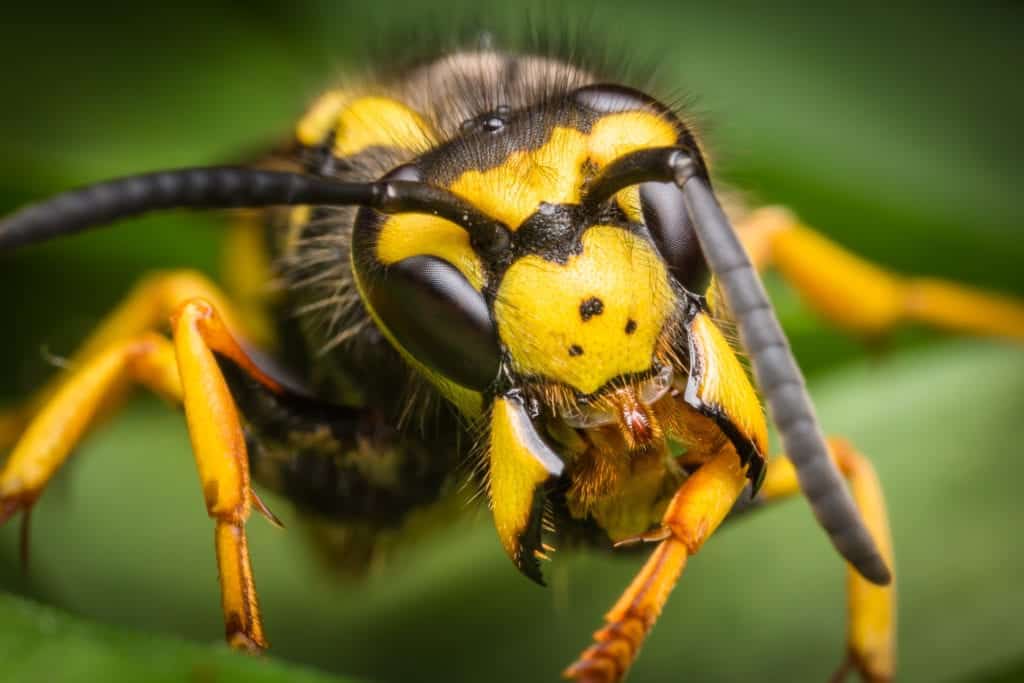
Citations
8 of the Worst Stinging Insects (2017) SciShow. Available at: https://www.youtube.com/watch?v=3NHJjEFk32c&t=322s (Accessed: May 2020). Ambrose, K. (2019) Yellow Jackets: Fall’s Fearsome and Feisty Wasps that can Sting Repeatedly, The Washington Post. Available at: https://www.washingtonpost.com/weather/2019/11/09/yellow-jackets-falls-fearsome-feisty-wasps-that-can-sting-you-repeatedly/ (Accessed: September 2020). Gardner, K., Klass, C. and Calderone, N. (2004) Stinging Insects: Bald-Faced Hornets and Aerial Nesting Yellow Jackets, Cornell Department of Entomology. Cornell Cooperative Extension of Oneida County. Available at: http://idl.entomology.cornell.edu/wp-content/uploads/Bald-Faced-Hornets-Yellow-Jackets-CCE.pdf (Accessed: September 2020). Meet the Biting, Stinging Creatures of ‘Kings of Pain’ (no date) The History Channel. A & E Network. Available at: https://www.history.com/shows/kings-of-pain/articles/kings-of-pain-creature-facts (Accessed: September 2020). Vogt, C. (2018) Types of Wasps That Are Very Aggressive, Sciencing. Available at: https://sciencing.com/types-of-wasps-12365156.html (Accessed: September 2020).
Request a Free Quote Today
(We do not share your data with anybody, and only use it for its intended purpose)


